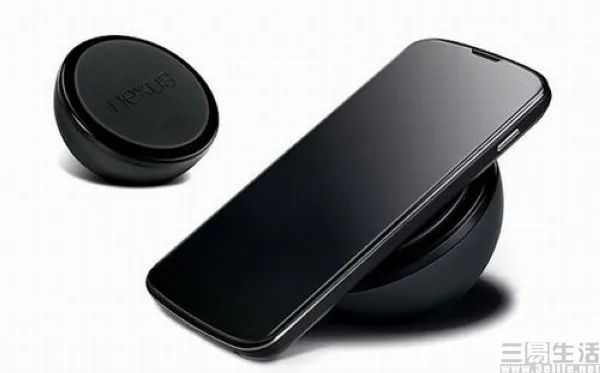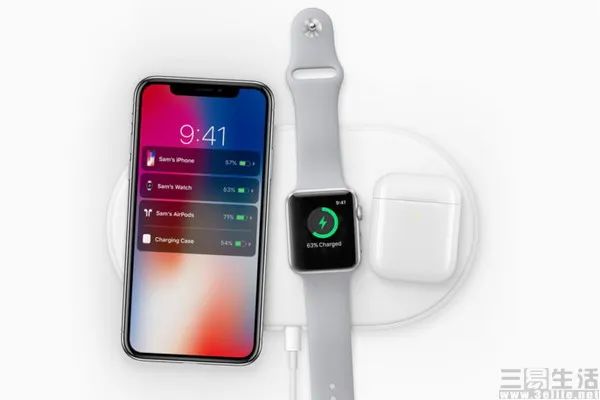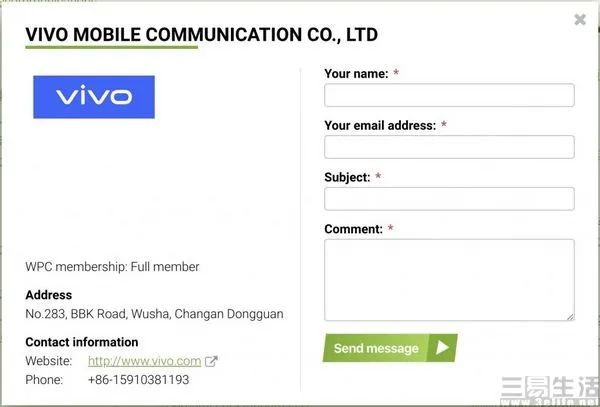Although wireless charging has become increasingly popular, its follow-up technology has yet to be determined.
Editor’s note: This article comes from the WeChat public account “ Three Easy Life ” (ID: IT-3eLife), author of Trichomonas. Nowadays, with the increasing competition in the mobile phone industry, manufacturers often announce some forward-looking technologies in order to enhance the competitiveness of their products. For example, after Xiaomi has previously upgraded the wireless charging power of the new flagship Xiaomi Mi 10 series to 30W, it recently announced a new wireless flash charging technology, up to 40W wireless charging + MI-FC flash charging technology, and in its announced Test results show that it takes only 40 minutes to fully charge a 4000mAh battery with this wireless charging technology.
Unconsciously, wireless charging technology with many years of history has also ushered in a period of rapid development on smartphones. Since Samsung started supporting wireless charging on the Galaxy Note5 and Galaxy S6, Apple has also added this feature to the iPhone X and iPhone 8 series launched in the fall of 2017, and with this most representative brand in the global market Get involved, wireless charging is now almost standard for high-end models.
As we all know, the industry’s most widely used wireless charging solution is actually an electromagnetic induction type with simple circuit design and relatively low cost. The basic principle is that the transmitting end, that is, the charging plate, generates an alternating current, generates a magnetic field through the coil, causes the surrounding magnetic field to change, and then generates an induced electromotive force to the nearby coil, thereby generating a current at the receiving end.

The key to restricting the speed of wireless charging is the problem of energy conversion efficiency. In the electromagnetic induction model, there is a certain amount of energy loss in the process of converting magnetic field energy to electric energy, and because there is more “coil” in the induction coil than wired charging, the energy conversion rate will also have a large The reduction.
Since the rapid progress of wired fast charging power has been achieved, the wired fast charging in the industry today mainly includes the high-voltage fast charging scheme represented by Qualcomm QC and the low-voltage and high-current scheme represented by OPPO VOOC flash charging. For wireless charging without cables, it is impossible to use a low-voltage and high-current solution, so high-voltage fast charging has become the first choice. In fact, Xiaomi ’s 40W wireless fast charging demo video showed that its charging voltage reached 18V. , Also confirmed this from the side.

But high-voltage is fast The heat generation of the charging solution during the charging process will be far better than the solution of low voltage and high current. This is why when the ambient temperature is high in summer, the wireless charging power of the mobile phone basically does not reach the brand name. In winter, the reason for the higher charging rate is obvious. Therefore, at the same charging power, wireless charging needs to pay a greater price in terms of heat dissipation, compared to the AirPowe previously released by Apple.r, an important reason for being canceled is said to be that the problem of heat accumulation caused by coil stacking cannot be solved. So why do mobile phone manufacturers know that using a high voltage solution for wireless charging to achieve higher power is not perfect and will continue to use it? In fact, from the currently known information, this is because there is no better solution for the time being. And the wireless charging solution based on radio frequency (RF) is still far from commercial at this stage. 
Here we take Energous’s WattUp wireless charging technology as an example. In order to realize the function of radio wave charging, it must be divided into two parts: transmitting and receiving (transmitter & receiver). A steerable beam of radio waves using an antenna array, and a Bluetooth low energy solution as an out-of-band data communication channel between the wireless transmitter and receiver to form a small energy packet around the device, and in this energy packet The receiving antenna of the charging board can receive this radio frequency energy and then charge the battery.
However, the key to the RF solution is the beamforming (the same core technology of 5G) IC and rate amplifier IC to achieve a complete long-distance transmission system. Unfortunately, the WattUp technology has not ushered in the dawn so far. During the Spring Festival last year, there were foreign media reports that vivo and Energous have cooperated on wireless charging technology. The technical support provided by Energous helped vivo to create smart phone products based on RF wireless charging technology.
